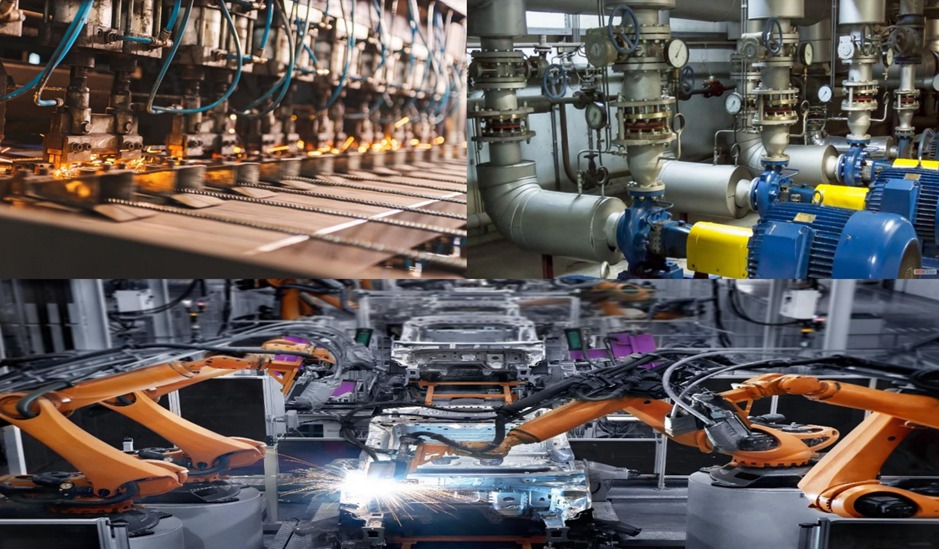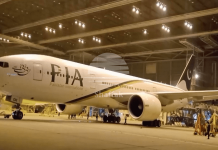ISLAMABAD: Investment in technology and research and development would help Pakistan to increase productivity in the agriculture and industry sectors and reduce its reliance on imported machinery, WealthPK reports.
Presently, large industries of Pakistan like textile, construction and energy meet their demand for machinery through imports. The country can reduce its dependency on imported machinery by introducing modern technology and promoting research and development.
Dr Ghulam Ghouse, a development economist at the University of Lahore, told WealthPK that investment plays an important role in economic development. He said that the ratio of investment to the Gross Domestic Product (GDP) is quite low in Pakistan as compared to other neighbouring countries.
“Pakistan has the lowest per capita productivity in the agriculture and industrial sectors owing to less investment in technology and research and development (R&D). In terms of production and quality, the machinery sector in the country falls behind the international market,” he said.
Dr Ghulam said that investment in technology and R&D would help to increase per capita productivity in the agriculture and industrial sectors. “It will lead to an increase in the export of these sectors,” he added.
The data of the CEIC Global database shows that the investment-to-GDP ratio in Bangladesh is 31.7%, in China 43%, in India 32.8%, in Iran 32.9%, in Malaysia 24.3% and in Pakistan 15.1%.
The expert said that the textile, construction and energy sectors mainly rely on imported machinery as machinery is not manufactured locally. He said that the government has provided various incentives to traders such as exemption from sales tax and customs duties on imported machinery for special technology zones and export processing zones to encourage investment and industrial activities in the country.
He said that most of the machinery demand was met through imports while a limited number of agricultural and industrial tools were manufactured locally. He added that the Covid-19 pandemic has badly affected various industries including agriculture and industrial sectors.
Dr Ghulam said that apart from continuous technological advancements, the international machine tool industry is rapidly growing in areas such as artificial intelligence and big data analytics while the local industry is lagging behind. He added that local manufacturers do not produce modern machines.
He said that new investments would further slow down owing to political and economic uncertainty in the country. He feared that government spending would also decrease, resulting in a reduction in the demand for machinery manufacturing.
According to the latest report published by the Pakistan Credit Rating Agency Limited, local machinery production, including agriculture and industrial machinery, declined by 2.24% and reached 77,140 units in the financial year 2022 as compared to the previous fiscal when machinery production was recorded at 78,912 units.
During the first quarter of the financial year 2022-23, machinery production grew by 19% and reached 21,379 units as compared to the same period of the previous fiscal when production of machinery stood at 17,987 units.
Agricultural machinery has seen a decline of 18% on a year-on-year basis to reach 11,450 units in the financial year 2022 from 13,878 units in the previous fiscal. Industrial machinery production stood at 65,690 units in the financial year 2022, showing an increase of 1% as compared to the previous fiscal when production stood at 65,034 units.
The report shows that the largest import segment is electrical machinery, which accounts for 28% of the total machinery import. Its volume stood at Rs141 billion in the first four months of the financial year 2023. In the same quarter last year, telecom machinery was the largest component of imports that formed 23% of the total imports. It has now dropped by 45% to Rs77 billion.
The total borrowings of the machinery sector during the first three months of the current fiscal stood at Rs18,936 million as compared to Rs13,558 million in the same period of the previous financial year, showing a growth of 28%, according to the report available with WealthPK.






